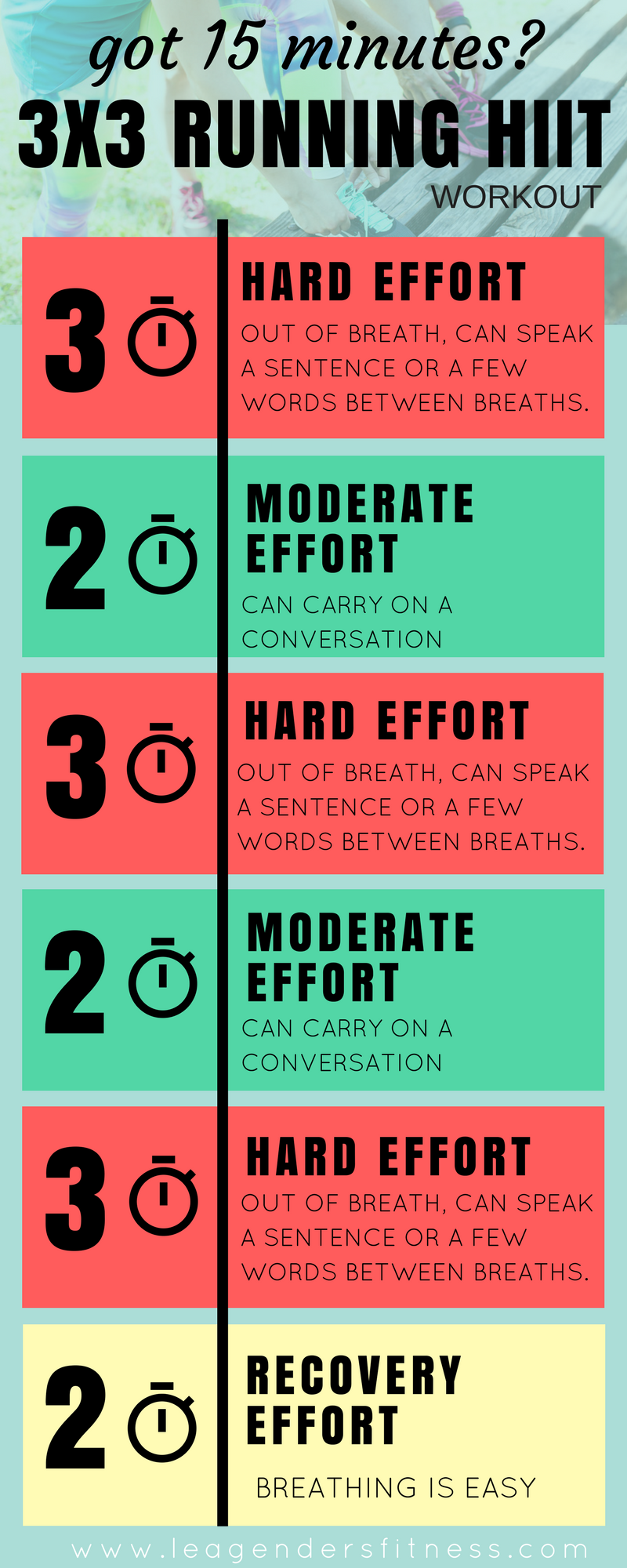Turbocharge Your Runs: Open Your Potential with Strategic Running Workouts
The Ultimate Overview to Taking Care Of Pain When Running
For joggers, experiencing pain during runs is not uncommon, and recognizing how to efficiently manage and avoid it can make a significant distinction in your overall performance and satisfaction of the sporting activity. Whether you are a seasoned marathoner or just beginning your running trip, understanding the various types of pain that can emerge and the methods to address them is crucial. From pre-run warm-up routines to proper shoes option, there are countless factors to consider when it pertains to handling discomfort while running. This comprehensive overview will equip you with the understanding and tools needed to navigate with the discomfort and empower you to achieve your running objectives with higher convenience.

Comprehending Various Kinds Of Running Discomfort
When running, it is necessary to identify in between various kinds of pain to avoid injuries and make best use of performance (Read More). One typical type of discomfort that joggers might experience is muscular tissue pain, which commonly arises from the anxiety placed on muscle mass during workout. This kind of discomfort is typically a normal component of the running process and can be managed with proper workout, cool-down, and stretching regimens
Another kind of pain to be knowledgeable about is joint discomfort. Joint discomfort can show concerns such as overuse, incorrect form, or underlying conditions like joint inflammation. Overlooking joint discomfort can cause much more severe injuries, so it is vital to address any pain without delay and perhaps seek expert guidance.
Furthermore, sharp or stabbing pains must not be disregarded. These sorts of pain can signal intense injuries such as pressures, sprains, or stress cracks - running workout. Remaining to run via these sorts of discomfort can exacerbate the injury and extend recuperation time

Pre-Run Workout and Extending Regular
To prepare the body for a running session, carrying out an effective pre-run warm-up and extending routine is essential. An appropriate warm-up assists boost blood circulation to the muscles, boosts flexibility, and decreases the threat of injury throughout the run. Start with vibrant stretches like leg swings, arm circles, and high knees to slowly increase your heart rate and relax the muscle mass. Dynamic stretching assists mimic the motions you'll be doing while running, preparing your body for the task in advance. Follow this with fixed stretches focusing on significant muscular tissue teams such as the hamstrings, quadriceps, calves, and glutes. Hold each stretch for regarding 15-30 secs without bouncing to advertise muscle leisure and adaptability. Remember to pay attention to your body and readjust the intensity of your warm-up based upon your physical fitness level and any kind of pre-existing conditions. By including a consistent pre-run workout and stretching routine into your running program, you can maximize efficiency and reduce the risk of pain or injury.
Proper Footwear Choice and Fit
Picking suitable footwear that fits well is critical for joggers to avoid pain and decrease the danger of injuries. Uncomfortable footwear can bring about sores, black toe nails, shin splints, and various other agonizing problems that can impede performance and sideline training. When picking running footwear, it is vital to think about variables such as foot type, running gait, arch support, padding, and shoe dimension. running strategy. Checking out a specialized running store for a gait evaluation and professional installation can aid make certain that you pick the right footwear for your private demands. Running shoes should supply adequate support and stability while likewise being comfy and lightweight. In addition, it is advised to replace your running shoes every 300-500 miles to preserve appropriate padding and support. Buying top quality shoes that is proper for your running design and foot composition is a proactive step in the direction of stopping discomfort and injuries during your runs.
Nutrition and Hydration Tips for Pain Avoidance

Hydration is equally critical for runners to stay clear of pains, dehydration, and other discomforts that can bring about discomfort during running. It is suggested to consume alcohol an appropriate amount of water throughout the day great post to read and specifically before, during, and after running sessions. Electrolyte-rich drinks or sports beverages can likewise be useful for restoring shed minerals and preserving correct fluid balance. running strategy (Read More). By prioritizing nutrition and hydration, joggers can improve their efficiency, minimize pain, and delight in a much more comfy running experience.
Post-Run Recovery Techniques to Reduce Discomfort
Applying effective healing strategies is essential for relieving discomfort and advertising muscle recovery after running sessions. In addition, icing aching locations for 15-20 minutes can assist reduce swelling and numb pain post-run.
Eating a balanced snack or dish that consists of protein and carbohydrates within 30 mins of ending up a run can aid fix muscle cells and replenish energy shops. By incorporating these post-run recuperation methods right into your routine, you can successfully handle discomfort and optimize your running efficiency.
Conclusion
In conclusion, dealing with different sorts of running discomfort through correct workout, extending, footwear selection, nourishment, hydration, and post-run recovery techniques is necessary for discomfort prevention and monitoring. By recognizing the reasons of pain and implementing these techniques, joggers can minimize pain and possible injuries. It is essential to focus on general physical health and well-being to guarantee a successful and satisfying running experience.